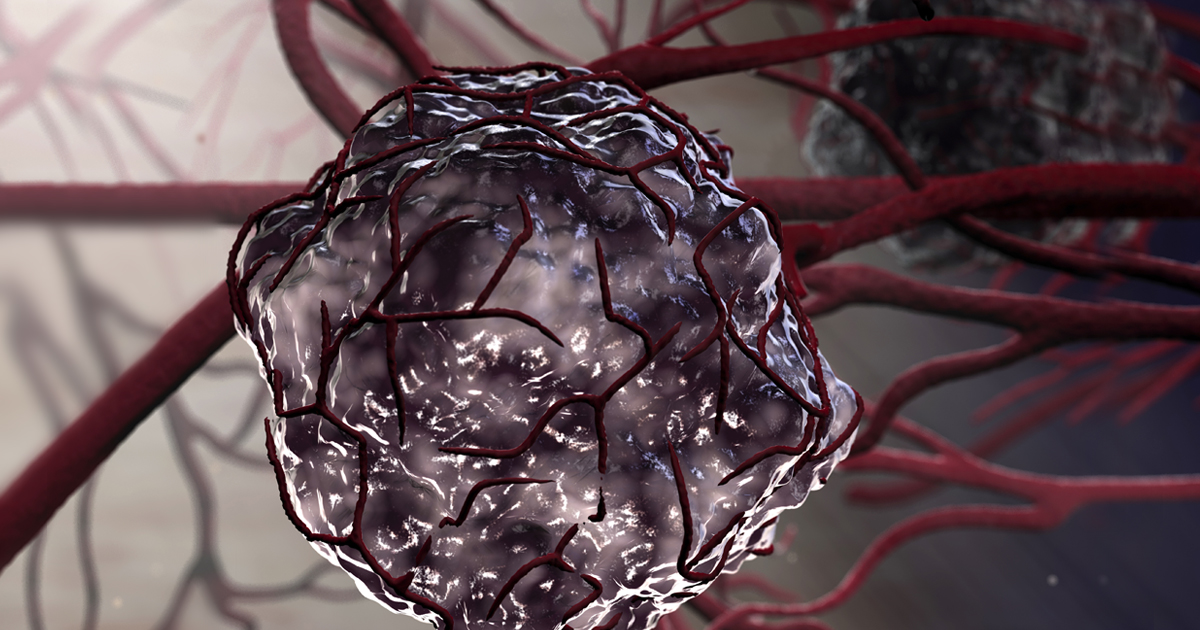The Most Deadly Forms Of Lung Cancer
Lung cancers are categorized into two types. There are small cell lung cancers and non-small cell lung cancers. They are distinctly different in the way they grow, metastasize, and are treated, so when patients are diagnosed, it is critical for them to learn more about their specific illness. Small cell lung cancers are aggressive in their growth rates and are not as common as non-small cell cancers, which comprise of about eighty-five percent of all lung cancers.
Typical And Atypical Carcinoid Tumors

Atypical carcinoid tumors of the neuroendocrine system grow faster and are less common than typical carcinoid tumors. Unlike typical carcinoid tumors which can be found on the peripheral or in the walls of the large airway, atypical tumors have a tendency to spread outside the lung area. Approximately nine out of ten lung carcinoids are typical carcinoids. These slow-growth cells tend to remain in the lung cavity.
Lung Carcinoid Tumors

Carcinoid tumors are unique. Their origin is in the neuroendocrine system, which, unlike organs, have cells which do not form one organ, but rather scatter themselves throughout the organs. Cells in the lung neuroendocrine system can grow larger than necessary and form tumors called neuroendocrine tumors or cancers. Four types of these tumors exist, including small cell lung carcinoma, large cell neuroendocrine carcinoma, atypical carcinoid tumor, and typical carcinoid tumor. Typical carcinoid tumors are slow-growing as well.
